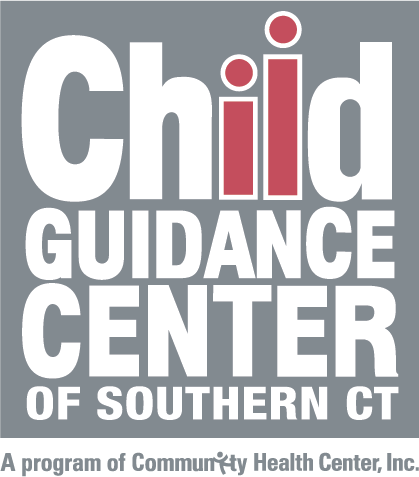Since 1954, the Child Guidance Center has worked to improve the mental and behavioral health of children and teens in Stamford, Greenwich, Darien, and New Canaan. To help children thrive, we encourage a network of support that includes families, health care providers, educators, and other community resources. This is why our agency’s case managers play such an integral role in a child’s treatment. Case managers work with children and their families to connect them to resources that help them heal.
Meet Ana Maria Badash, a former case manager* who worked at the Child Guidance Center for 17 years, over 20 years ago, and Yecica Campoverde, a Crisis case manager who has been serving in this role for nearly two years. While these women have supported the agency during different eras, their understanding of the importance of the case manager role is strikingly similar.
During Ms. Badash’s tenure with the Child Guidance Center she recalls mostly counseling Latino parents, educating them about the resources that were available and helping them navigate the mental health system. “Interestingly, the issues that Latino families struggled with in the past are only slightly different than in the present day,” Ms. Badash explained. “The Latino population has grown significantly since my time with CGC. However, language, transportation, and housing were issues that Latino families struggled with when I worked at CGC, and they continue to struggle with them today. These barriers greatly impact their children’s mental and behavioral health.”
Ms. Badash still works with Latino families at the Stamford Public Schools. Her concerns regarding our area’s youth mirror those of CGC staff. “I am increasingly worried about the negative effects of childhood trauma, youth depression, adolescent drug use, children’s viewing and engaging in violent acts, weapons being brought to school, and the noticeable lack of respect and compassion for others,” said Ms. Badash.
Ms. Badash also added, “I am personally concerned about the mental health needs of our Latino community. Many young immigrants arriving from Central America have been traumatized from exposure to violence. Also, stricter immigration laws are impacting Latino children today. Decades ago, parents would immigrate to our area without their children, leaving them with grandparents or other family members until they were able to bring their children to the U.S. During that time, it was easier for parents to travel back to their home country to visit their children. That is not the case today. Parents are now leaving their children and not seeing them for years. When these parents are finally able to bring their children into the country, the children feel anxious and unsettled.”
Currently, Ms. Campoverde is a case manager for the Child Guidance Center’s Crisis program. The families she works with need immediate assistance and referrals to treatment. “I am often working with families when they are experiencing a very chaotic, confusing, and challenging time in their lives,” Ms. Campoverde explained. “I spend a good amount of time providing psycho-education about the mental health system including insurance information, researching programs that best suit families’ needs, and describing the benefits of engaging in treatment. My goal is to advocate for families and help them find the support they need. Because of a dearth of information, families often have difficulty finding help for their children, especially in Latino communities where language barriers can sometimes make it challenging to access services.”
Ms. Campoverde feels that there are not enough resources available when clients are acutely distressed and need immediate care. “Intensive treatment programs usually have long waitlists, and inpatient hospitals often do not have beds available for clients,” she explained. “In our community, there needs to be more accessible inpatient mental health options to ensure the well-being of our at-risk youth.”
Over the decades, the people serving as Child Guidance Center case managers have changed, and the issues facing the families we serve have evolved. However, the essential role of the case manager— to connect children and families to community resources that can help them flourish— has remained a constant, and continues to be a cornerstone of the Child Guidance Center’s success in improving the mental and behavioral health of our community’s youth.
*During Ms. Badash’s tenure with the Child Guidance Center, her official title was Case Worker, and this title was later changed to Case Manager. The roles of Case Worker and Case Manager are equivalent.
